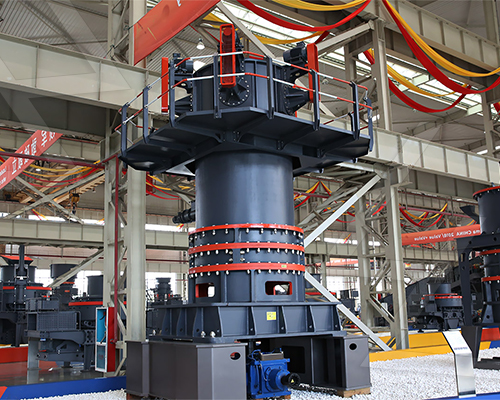Effective project management for mining equipment processes requires careful planning, coordination, and execution to ensure safety, efficiency, and cost-effectiveness. Below is a structured approach to managing mining equipment projects:
—
1. Project Initiation & Planning
# A. Define Objectives & Scope
– Identify project goals (e.g., new equipment procurement, maintenance overhaul, automation upgrades).
– Determine scope (equipment type: drills, haul trucks, crushers, conveyors).
– Assess regulatory and environmental compliance requirements.
# B. Stakeholder Engagement
– Involve mine operators, engineers, safety officers, suppliers, and contractors.
– Conduct feasibility studies (cost-benefit analysis, ROI projections).
# C. Risk Assessment
– Identify hazards (equipment failure, safety risks, supply chain delays).
– Develop mitigation strategies (redundant systems, backup suppliers).
—
2. Equipment Selection & Procurement
# A. Technical Specifications
– Define performance requirements (load capacity, fuel efficiency, automation level).
– Compare OEMs (Caterpillar, Komatsu, Sandvik) vs. refurbished options.
 # B. Procurement Strategy
# B. Procurement Strategy
– RFQ (Request for Quotation) and tender process.
– Evaluate lifecycle costs (purchase price + maintenance + downtime impact).
# C. Logistics & Delivery
– Plan transportation (oversized load permits, site access).
– Coordinate with suppliers for timely delivery.
—
3. Implementation & Deployment
# A. Installation & Commissioning
– Prepare site infrastructure (foundations, power supply).
– Conduct FAT (Factory Acceptance Testing) and SAT (Site Acceptance Testing).
– Train operators and maintenance teams.
# B. Integration with Mining Processes
– Align equipment with existing workflows (haulage cycles, crushing schedules).
– Test interoperability with fleet management systems (e.g., MineStar®, Wenco).
—
4. Monitoring & Maintenance
# A. Performance Tracking
– Use telematics and IoT sensors for real-time monitoring.
– Track KPIs: Availability %, Utilization %, MTBF (Mean Time Between Failures).
# B. Preventive Maintenance
– Schedule regular inspections/lubrication per OEM guidelines.
– Implement CBM (Condition-Based Maintenance) using vibration/fluid analysis.
 # C. Downtime Management
# C. Downtime Management
– Maintain spare parts inventory.
– Establish rapid response protocols for breakdowns.
—
5. Project Closure & Continuous Improvement
# A. Post-Implementation Review
– Compare actual vs





Leave a Reply